Home>Gardening & Outdoor>Landscaping Ideas>How To Prep Your Yard For Grass Seed
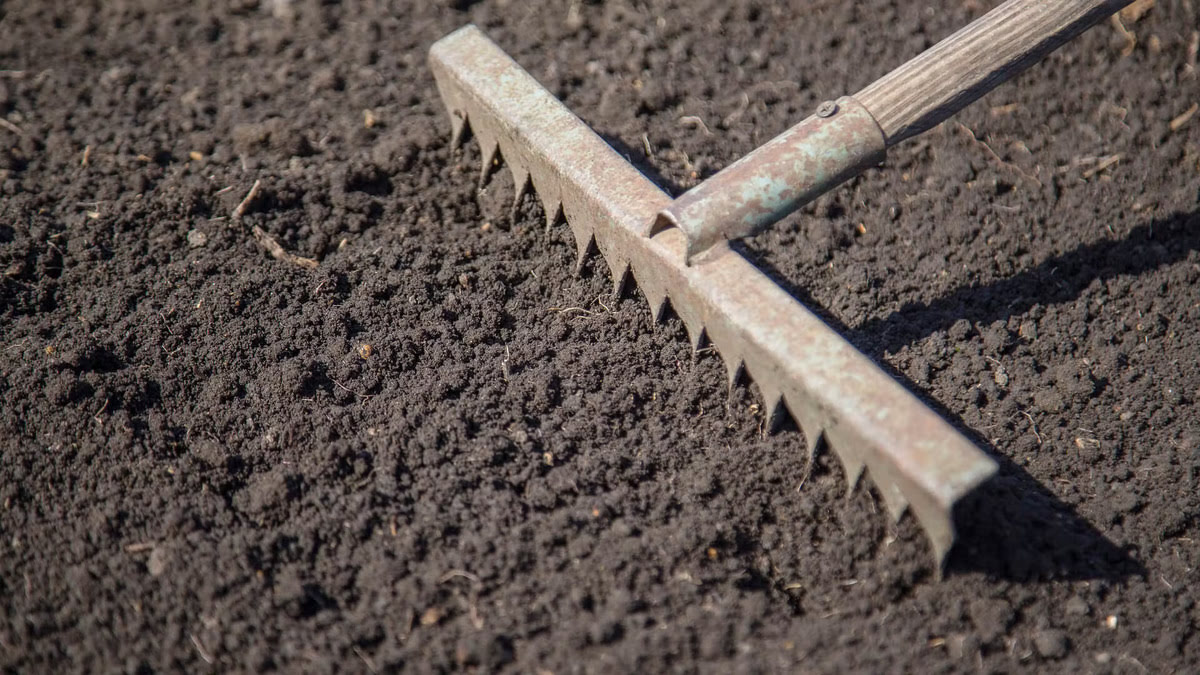

Landscaping Ideas
How To Prep Your Yard For Grass Seed
Modified: February 18, 2024
Get your yard ready for new grass seed with our expert landscaping ideas. Follow our step-by-step guide for a lush and healthy lawn. Start your lawn transformation today!
(Many of the links in this article redirect to a specific reviewed product. Your purchase of these products through affiliate links helps to generate commission for Storables.com, at no extra cost. Learn more)
Introduction
Transforming your yard into a lush, green oasis is a rewarding endeavor that starts with proper preparation and care. Whether you’re establishing a new lawn or rejuvenating an existing one, the process of prepping your yard for grass seed is crucial for ensuring successful growth and long-term vitality. By following a few essential steps, you can set the stage for a vibrant and resilient lawn that enhances the beauty of your outdoor space.
In this comprehensive guide, we’ll walk through the key stages of preparing your yard for grass seed, from clearing and preparing the soil to selecting the right grass seed and providing essential maintenance. By the end of this journey, you’ll have the knowledge and confidence to cultivate a thriving lawn that becomes the envy of the neighborhood.
Key Takeaways:
- Prepare your yard for grass seed by clearing debris, testing the soil, and choosing the right grass seed. Proper watering and maintenance are crucial for nurturing a healthy, vibrant lawn.
- Transform your outdoor space into a lush oasis by following essential steps for seeding and maintaining your lawn. With patience and care, you can create a beautiful, resilient landscape for years to come.
Read more: How To Grow Grass In Your Yard
Clearing and Preparing the Soil
Before sowing the seeds of a new lawn or overseeding an existing one, it’s essential to prepare the soil to create an optimal environment for grass seed germination and growth. Begin by clearing the area of any debris, such as rocks, branches, and existing vegetation. Use a rake or specialized equipment to remove these obstacles, ensuring a clean and level surface for the upcoming seeding process.
Once the area is cleared, it’s time to address the soil’s condition. If the soil is compacted, aerating it can improve air circulation and water absorption, fostering healthier root development. Aeration can be accomplished using aeration tools or machines, which create small holes in the soil to alleviate compaction and promote better nutrient uptake.
After aerating, consider conducting a soil test to assess its pH level and nutrient content. This step is crucial for understanding the soil’s specific needs and determining any necessary amendments. Depending on the test results, you may need to adjust the soil’s pH with lime or sulfur and add organic matter, such as compost or peat moss, to enhance its fertility and structure.
Finally, it’s beneficial to rake the soil to create a smooth, even surface, ideal for seed establishment. Raking also helps to incorporate any soil amendments and level the ground, preparing it for the next phase of the seeding process. By investing time and effort into clearing and preparing the soil, you’ll create a solid foundation for the successful growth of your grass seed, setting the stage for a vibrant and resilient lawn.
Testing the Soil
Understanding the composition and characteristics of your soil is a fundamental aspect of preparing your yard for grass seed. Conducting a soil test provides valuable insights into the pH level, nutrient content, and overall health of the soil, enabling you to make informed decisions about necessary amendments and the selection of suitable grass seed varieties.
Soil testing kits are readily available at garden centers and can also be obtained through local agricultural extension offices. These kits typically include instructions for collecting soil samples from your yard. Once collected, the samples are sent to a laboratory for analysis, where professionals assess the soil’s properties and provide detailed reports outlining its pH level and nutrient levels, including nitrogen, phosphorus, and potassium.
The pH level of the soil plays a pivotal role in nutrient availability and overall plant health. Grasses thrive within specific pH ranges, so understanding and, if necessary, adjusting the soil’s pH is crucial. If the soil is too acidic, the addition of lime can help raise the pH to an optimal range. Conversely, if the soil is too alkaline, sulfur can be used to lower the pH. These amendments can create a more hospitable environment for grass seed germination and growth.
Furthermore, the nutrient content revealed by the soil test informs the application of fertilizers and soil amendments. Based on the test results, you can tailor your approach, adding specific nutrients or organic matter to address any deficiencies and enhance the soil’s fertility. By customizing your soil preparation based on the soil test findings, you can create an environment that maximizes the potential for successful grass seed establishment and long-term lawn health.
By investing in a soil test and using the insights gained to fine-tune your soil preparation, you’ll lay the groundwork for a thriving lawn that flourishes in its carefully tailored environment. The knowledge obtained from the soil test empowers you to make informed decisions, ensuring that your grass seed receives the optimal conditions for robust growth and resilience.
Choosing the Right Grass Seed
Selecting the appropriate grass seed for your lawn is a pivotal decision that significantly influences the overall success and appearance of your yard. Factors such as climate, soil type, sun exposure, and planned lawn usage all play a role in determining the most suitable grass varieties for your specific needs. By carefully considering these factors and understanding the characteristics of different grass species, you can make an informed choice that sets the stage for a thriving and resilient lawn.
One of the primary considerations when choosing grass seed is the climate in your region. Different grass species thrive in specific climate zones, so it’s essential to select varieties that are well-suited to the temperature and precipitation patterns of your area. For example, cool-season grasses, such as Kentucky bluegrass and fescue, are ideal for regions with cold winters and hot summers, while warm-season grasses like Bermuda grass and Zoysia grass thrive in areas with hot, humid summers and mild winters.
Soil type is another crucial factor to consider when selecting grass seed. Some grass species are better adapted to sandy soils, while others perform well in clay or loamy soils. Understanding your soil’s composition and drainage characteristics can guide you in choosing grass varieties that are well-matched to these conditions, promoting better establishment and long-term growth.
Furthermore, the amount of sun exposure in your yard is a key determinant of the appropriate grass seed selection. Some grasses, such as fine fescues, are shade-tolerant and thrive in areas with limited sunlight, while others, like Bermuda grass, require full sun for optimal growth. By assessing the sun exposure in your yard, you can choose grass seed varieties that align with the available light conditions, ensuring successful establishment and sustained vitality.
Considering the intended usage of your lawn is also important when choosing grass seed. If your yard will serve as a recreational space for children and pets, selecting durable, wear-resistant grass varieties is advisable. Conversely, if your primary goal is to create a visually appealing landscape, prioritizing aesthetic qualities such as color and texture may guide your grass seed selection.
By carefully evaluating climate, soil type, sun exposure, and intended usage, you can make an informed decision when choosing the right grass seed for your yard. This thoughtful approach sets the stage for a thriving lawn that not only withstands environmental challenges but also enhances the beauty and functionality of your outdoor space.
Before seeding your yard, make sure to remove any debris, loosen the soil, and add a layer of topsoil. This will create a good environment for the grass seed to germinate and grow.
Seeding the Lawn
Seeding your lawn is a transformative process that marks the beginning of a new chapter in your yard’s landscape. Whether you’re establishing a new lawn or overseeding an existing one, the proper techniques and timing can significantly impact the success of the seeding process and the subsequent growth of the grass seed. By following best practices and considering essential factors, you can maximize the potential for lush, healthy grass that enriches your outdoor environment.
The timing of the seeding process is crucial, as it directly influences the ability of the grass seed to germinate and establish strong roots. In general, the optimal time for seeding cool-season grasses, such as Kentucky bluegrass and fescue, is during the late summer to early fall, when soil temperatures are conducive to germination and the competition from weeds is reduced. For warm-season grasses like Bermuda grass and Zoysia grass, late spring to early summer is the preferred time for seeding, taking advantage of the warm soil temperatures and ample sunlight.
Prior to seeding, it’s essential to prepare the soil thoroughly. Rake the soil to create a smooth, level surface, removing any debris and incorporating soil amendments as recommended based on the soil test results. Once the soil is prepared, evenly distribute the grass seed using a seed spreader, following the recommended seeding rates for the specific grass varieties you’ve chosen. After spreading the seed, lightly rake the area to ensure good seed-to-soil contact, which is essential for successful germination.
Proper watering is critical for the success of the seeding process. Immediately after seeding, gently water the area to moisten the soil without causing runoff. Throughout the germination period, it’s important to keep the soil consistently moist, typically through light, frequent watering. As the grass seedlings emerge and establish, gradually transition to a deeper, less frequent watering schedule to encourage robust root development and overall resilience.
While the grass seed is germinating and establishing, it’s important to minimize foot traffic and avoid disturbing the seeded area. This allows the young seedlings to take root and grow without undue stress, setting the stage for a healthy and vibrant lawn. Additionally, monitoring the seeded area for signs of germination and adjusting the watering schedule as needed are essential steps in nurturing the newly seeded lawn.
By following these guidelines and paying attention to timing, soil preparation, seeding techniques, and watering practices, you can set the stage for successful grass seed germination and the establishment of a lush, resilient lawn. With patience and care, the seeds you sow will flourish, transforming your yard into a verdant oasis for years to come.
Read more: How To Change The Grass In Your Yard
Watering and Maintenance
Watering and maintenance are crucial aspects of nurturing newly seeded grass and ensuring the long-term health and vitality of your lawn. By providing attentive care and following best practices, you can support the germination and establishment of the grass seed while fostering a resilient and lush lawn that enhances the beauty of your outdoor space.
Immediately after seeding, it’s essential to keep the soil consistently moist to support the germination process. Light, frequent watering is typically recommended to prevent the soil from drying out and to provide the ideal conditions for seedling emergence. As the grass seedlings establish and grow, gradually transition to a deeper, less frequent watering schedule, encouraging the development of robust root systems that can withstand environmental stresses.
Monitoring the moisture level of the soil is crucial during the early stages of grass seed establishment. While it’s important to keep the soil consistently moist, it’s equally vital to avoid overwatering, as excessive moisture can lead to issues such as fungal diseases and shallow root development. By striking a balance and adjusting the watering schedule based on the soil’s moisture content and the weather conditions, you can promote healthy growth and resilience in your newly seeded lawn.
Once the grass seedlings have emerged and established, it’s important to shift the focus to ongoing maintenance practices that support the long-term health of the lawn. Regular mowing, fertilization, and weed control are essential components of a comprehensive lawn care regimen. Mow the grass at the recommended height for the specific grass varieties you’ve planted, ensuring that it remains at an optimal length for healthy growth and vigor.
Fertilization provides essential nutrients that support the development of strong, vibrant grass. Understanding the nutrient requirements of your specific grass varieties and applying fertilizers at the appropriate times can significantly enhance the lawn’s overall health and appearance. Additionally, proactive weed control measures, such as targeted herbicide applications and manual removal, help prevent weed competition and maintain the uniformity and beauty of the lawn.
Regular aeration and dethatching can also contribute to the long-term health of your lawn by improving soil aeration, water infiltration, and nutrient uptake. These practices help alleviate soil compaction and promote a healthy root system, ensuring that your lawn remains resilient and vibrant throughout the growing season.
By incorporating these watering and maintenance practices into your lawn care routine, you can provide the essential support needed for the successful establishment and sustained vitality of your grass seed. With attentive care and a proactive approach to maintenance, you’ll enjoy the beauty and resilience of a thriving lawn that enriches your outdoor living experience.
Conclusion
Preparing your yard for grass seed is a multi-faceted journey that encompasses careful planning, diligent preparation, and attentive care. By following the essential steps outlined in this guide, you can lay the groundwork for a resilient, vibrant lawn that enriches your outdoor environment and becomes a source of pride and enjoyment.
Clearing and preparing the soil sets the stage for successful grass seed establishment by creating an optimal environment for germination and growth. Addressing soil compaction, conducting a soil test, and incorporating necessary amendments ensure that the soil provides the essential support needed for a thriving lawn.
Choosing the right grass seed is a critical decision that influences the long-term success and appearance of your lawn. By considering factors such as climate, soil type, sun exposure, and intended usage, you can make an informed choice that aligns with the specific needs of your yard, promoting robust growth and resilience.
Seeding the lawn marks the beginning of a transformative process that requires careful timing, thorough soil preparation, and attentive watering. By following best practices and providing the necessary care, you can support the germination and establishment of the grass seed, setting the stage for a lush, healthy lawn.
Watering and maintenance are ongoing responsibilities that play a pivotal role in nurturing newly seeded grass and sustaining the long-term health of your lawn. By maintaining a balanced watering schedule, implementing regular maintenance practices, and providing essential care, you can ensure that your lawn remains vibrant and resilient throughout the growing season and beyond.
As you embark on this journey to prep your yard for grass seed, remember that patience and attentiveness are key virtues. By investing time and effort into the preparation and care of your lawn, you’ll reap the rewards of a beautiful, thriving outdoor space that enhances your home and lifestyle.
With each step you take, from clearing the soil to nurturing the newly seeded grass, you’re contributing to the creation of a verdant oasis that provides solace, beauty, and enjoyment. Embrace this journey with enthusiasm and dedication, knowing that the efforts you invest today will yield a landscape of enduring beauty and vitality tomorrow.
Frequently Asked Questions about How To Prep Your Yard For Grass Seed
Was this page helpful?
At Storables.com, we guarantee accurate and reliable information. Our content, validated by Expert Board Contributors, is crafted following stringent Editorial Policies. We're committed to providing you with well-researched, expert-backed insights for all your informational needs.


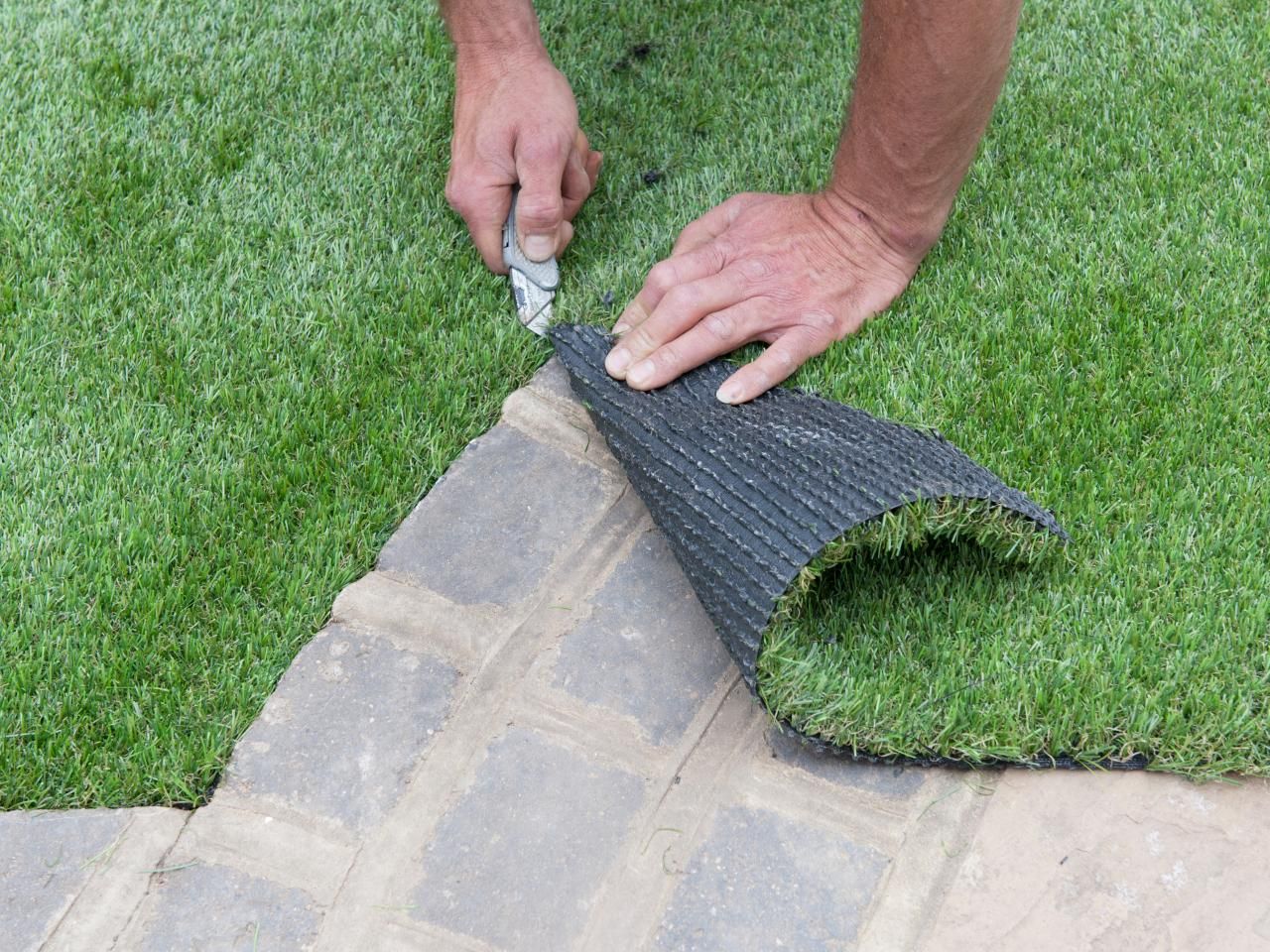
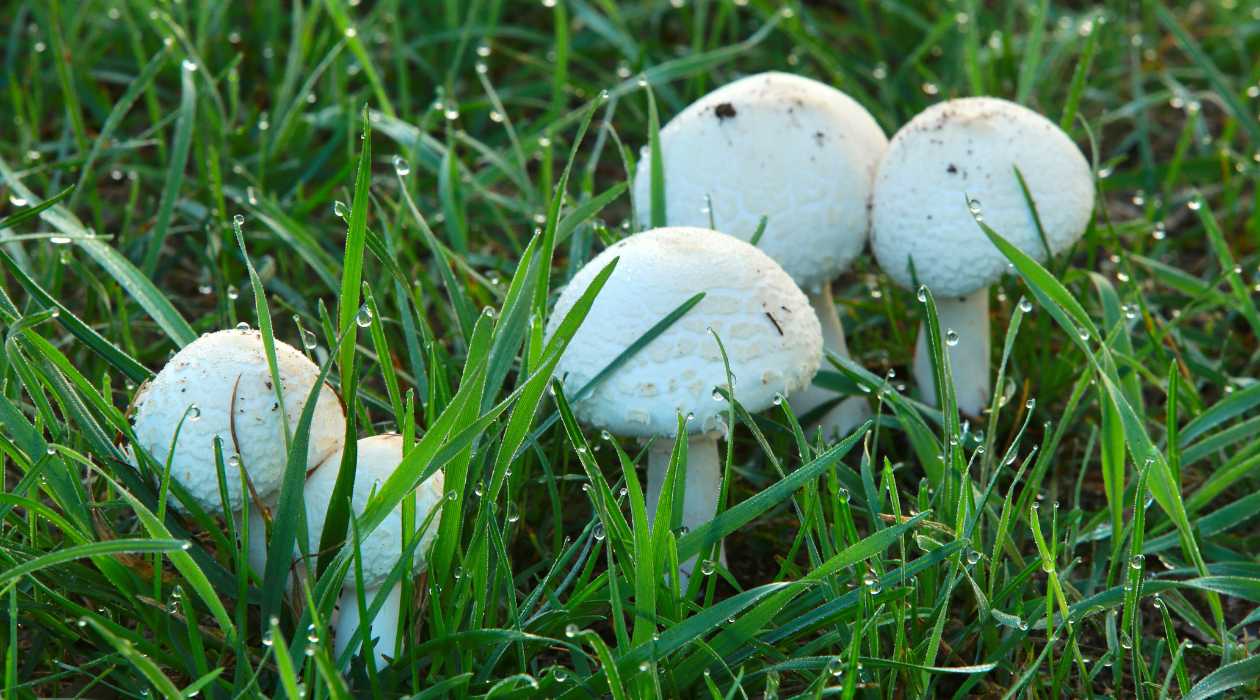

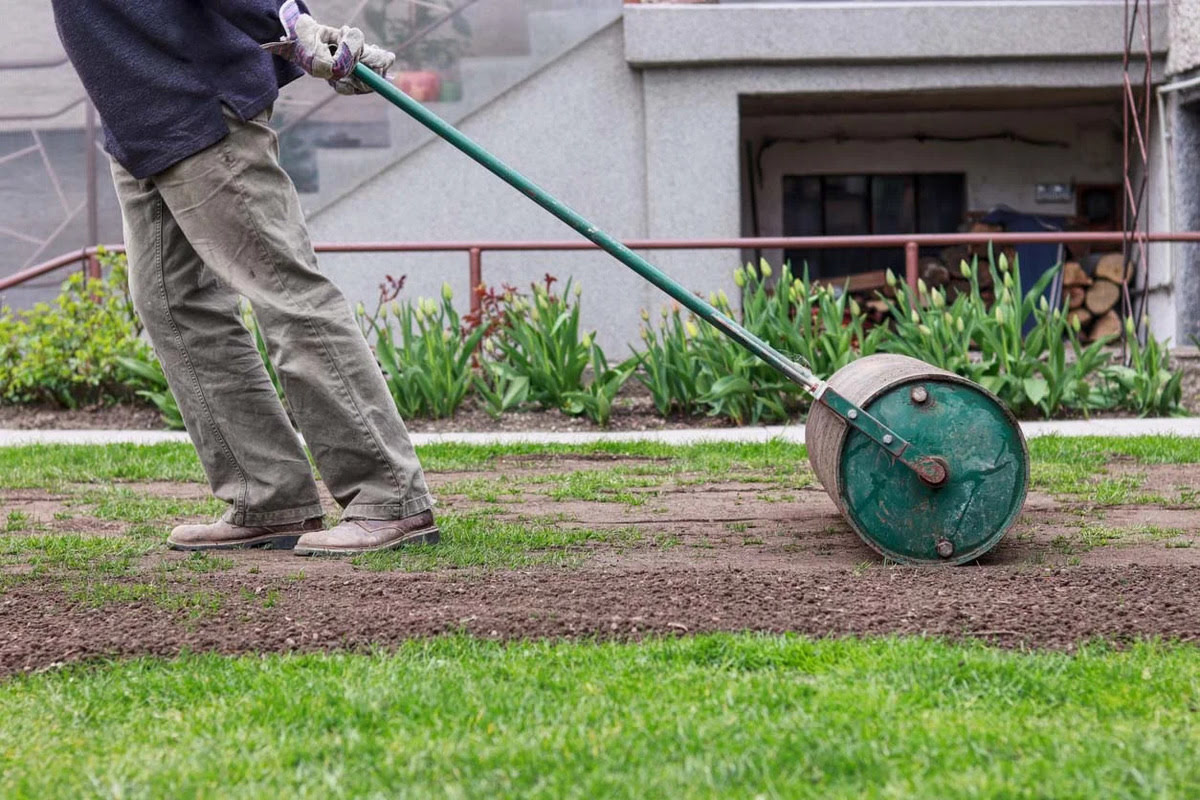

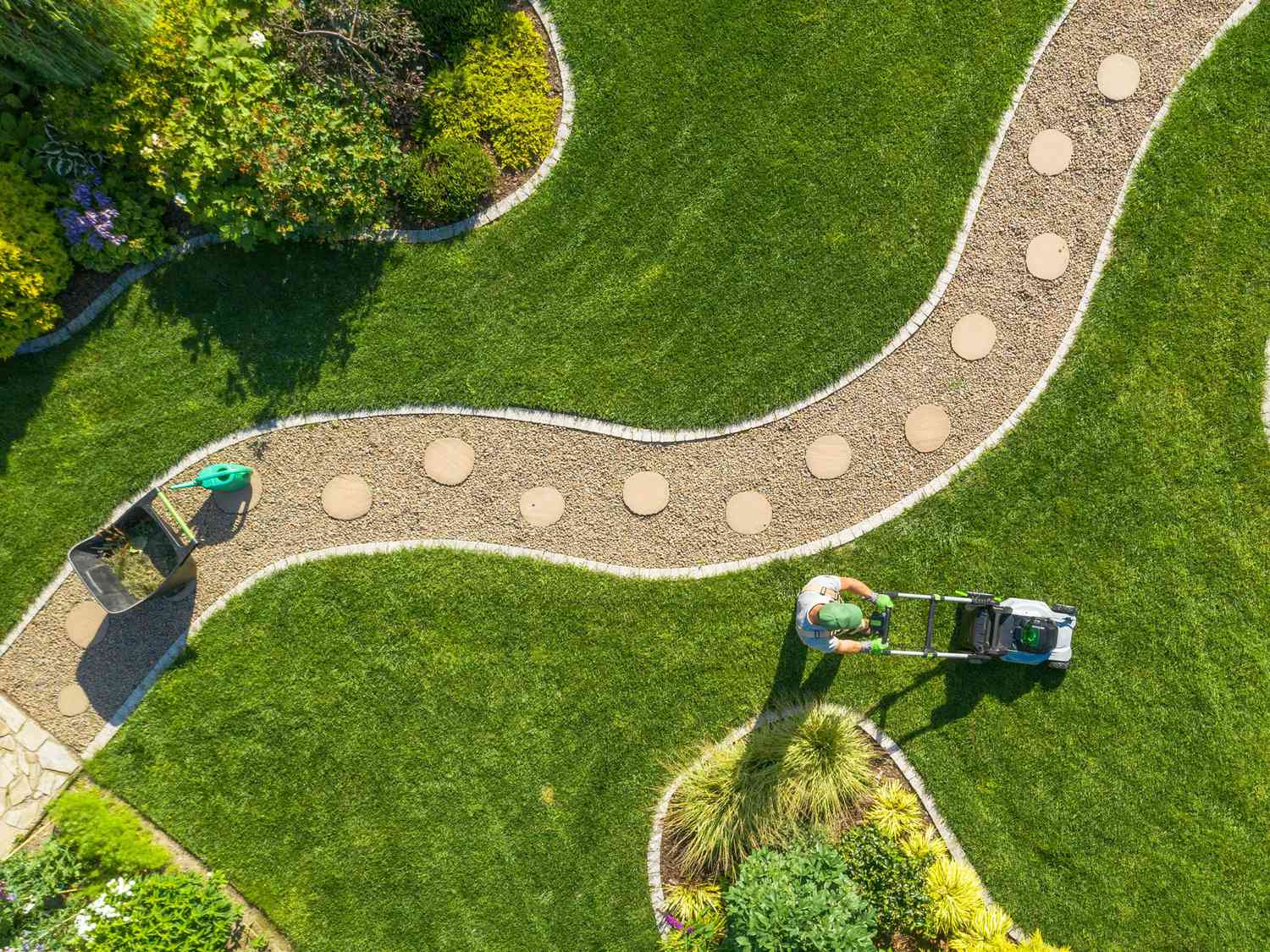
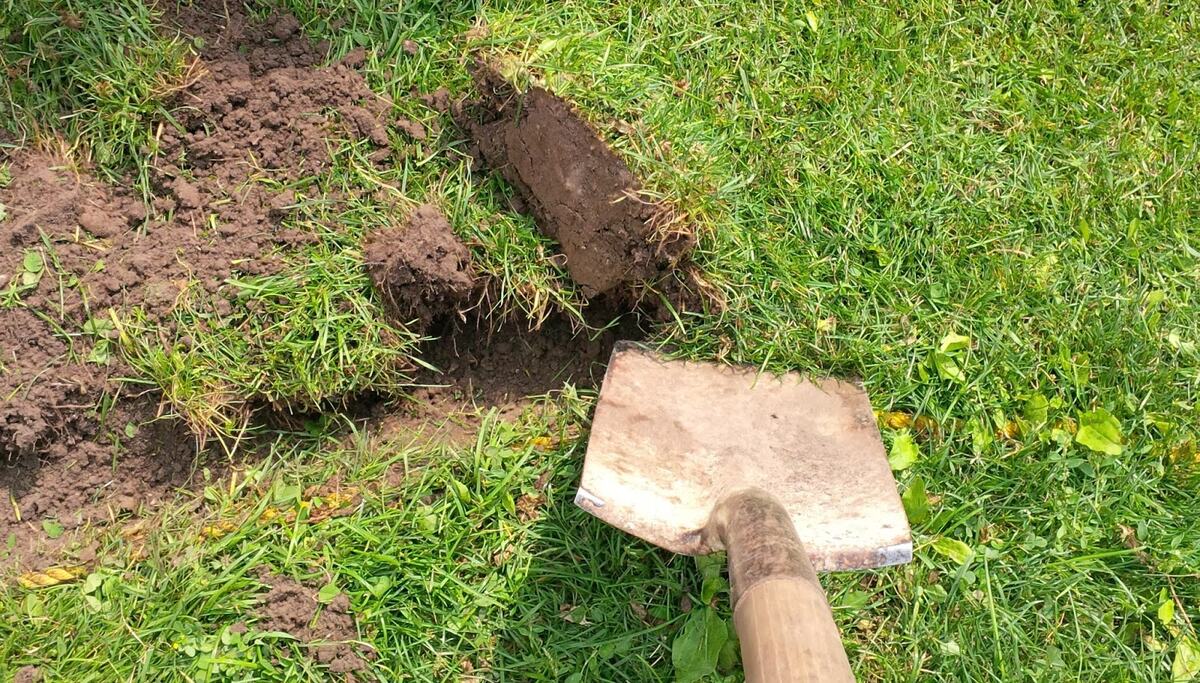
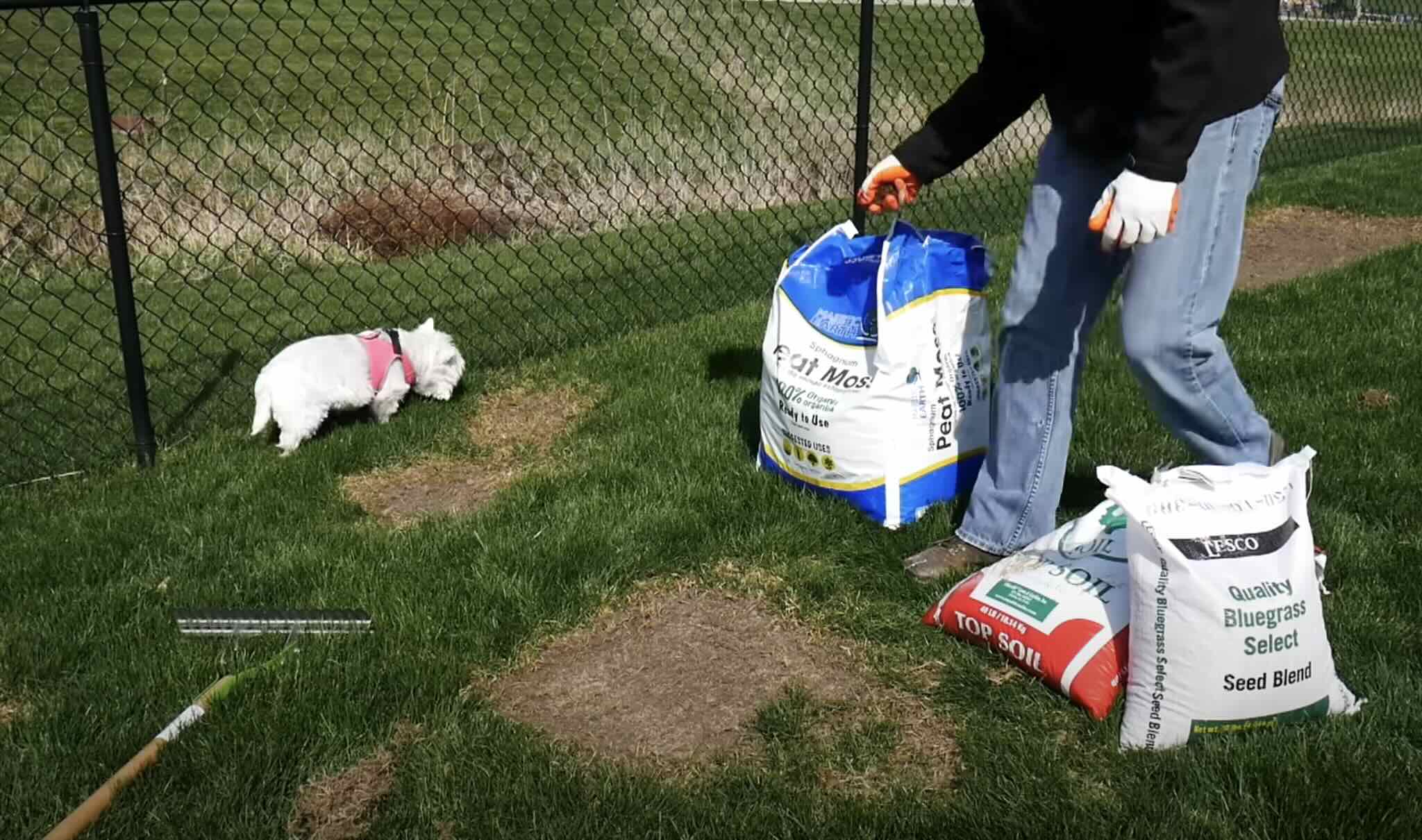
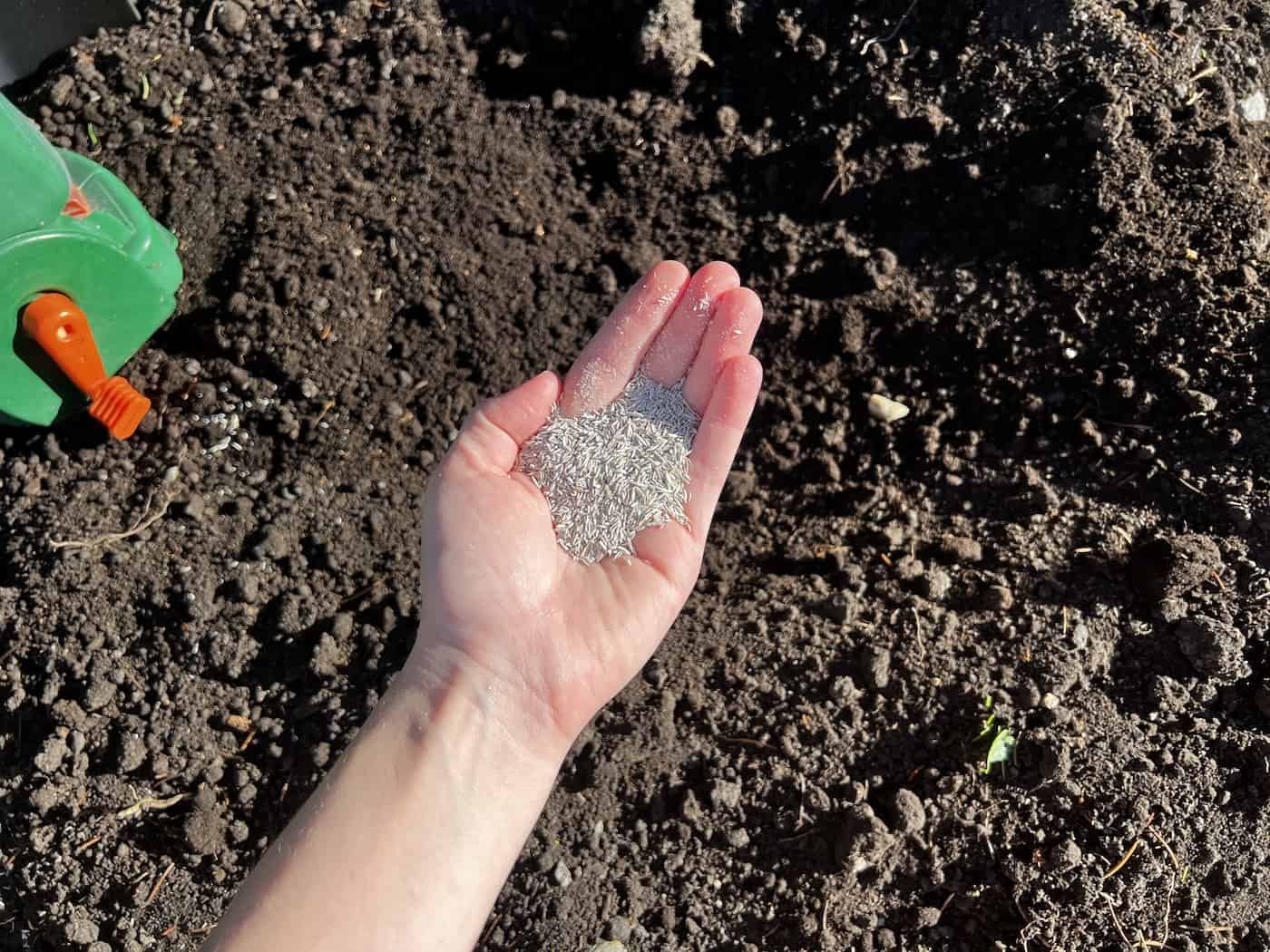

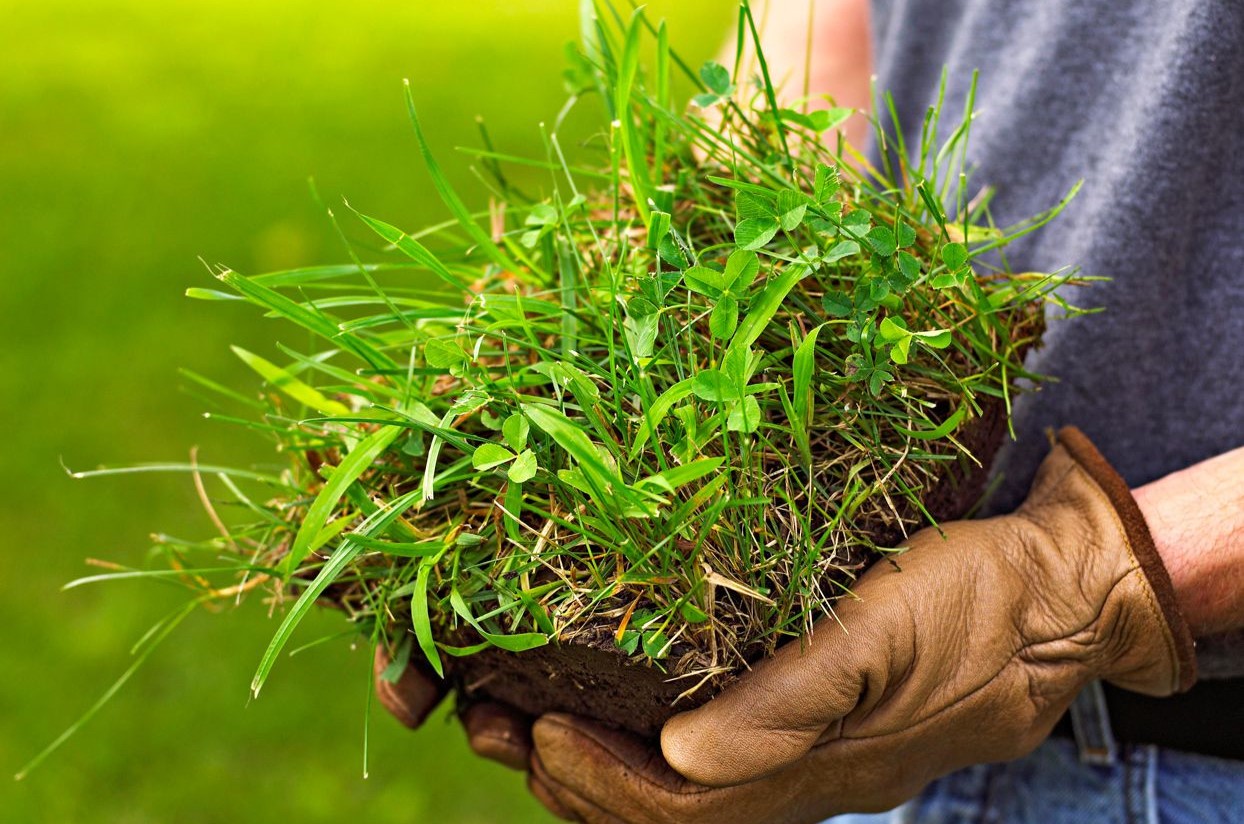
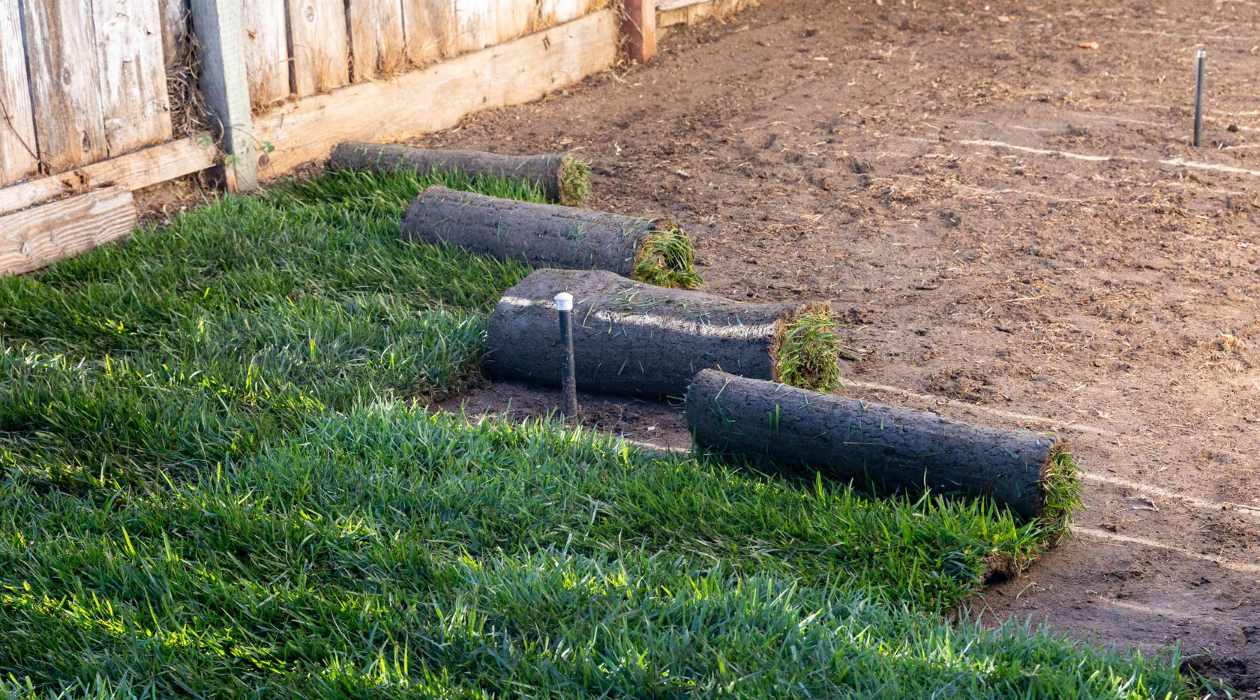

0 thoughts on “How To Prep Your Yard For Grass Seed”